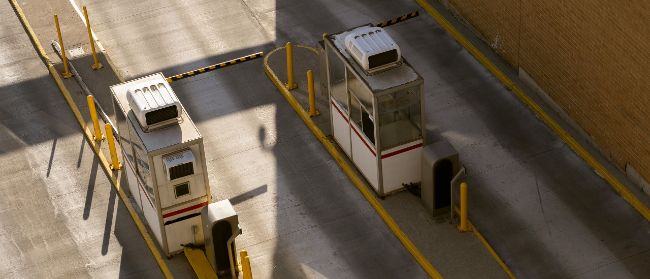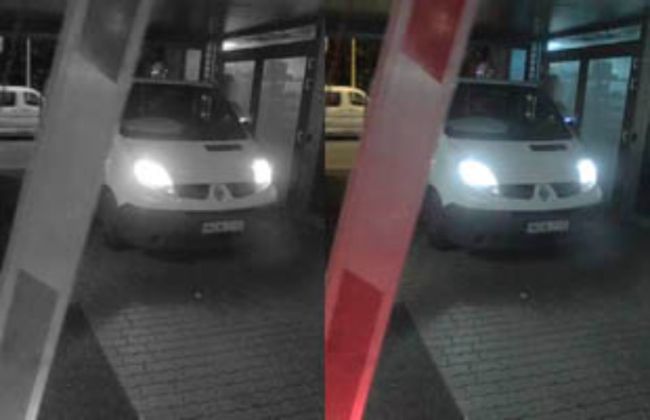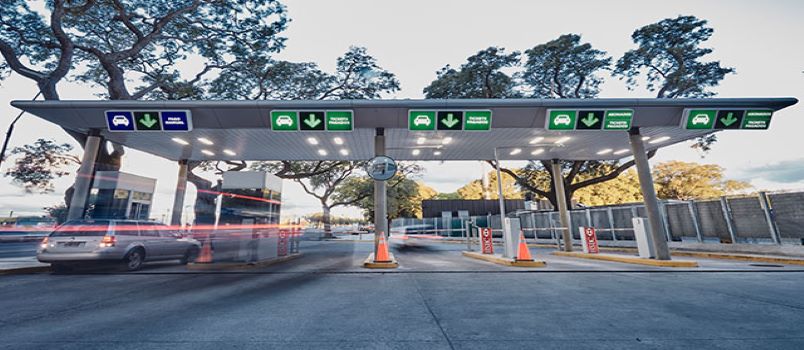Smart parking systems and their predecessors, known as automated parking systems, have been developing almost since the first two cars competed for space.
The earlier automated systems depended more on mechanical devices to automate garages. Elevators of various types were common, and some systems used machinery that moved cars horizontally as well.
Modern systems less frequently move cars independently of their drivers. These systems are “smart” in using automation to smooth the flow of vehicles in and out of the facility. This allows their drivers to proceed directly to a parking space without stopping. Access control and charges are all handled without human attendants.
The benefits of these systems are:
– Minimal delays in getting cars to and from parking spots, to the delight of busy parkers.
– Reduced congestion on the street – Passing motorists and traffic authorities are thrilled!
– Minimizing the employment of human capital, resulting in reduced costs, management demands, and improved accuracy of access control and charges – facility owners and managers appreciate these benefits.
Since the 21st century’s first decade, the devices used to make these systems “smart” have increasingly been ANPR (Automatic Number Plate Recognition) cameras. In this article, we’ll delve into the other systems that have been used and why plate-recognition technology is prevailing.
Adaptive Recognition, a company at the forefront of the plate-recognition industry since 1991, produces high-quality examples of the tools we’ll discuss.
Earlier Automated Parking Systems (APSs)
APSs use mechanical car movers, including elevators, to move vehicles to and from parking spots after their drivers leave the car at the facility entrance.
They served reasonably well through the first part of the 20th century when cars were fewer and smaller. After WWII, cars got bigger and serious congestion began to appear. While APSs saved space, due to the elimination of ramps, they couldn’t efficiently handle the high peak loads that occur during rush hours or special events where patrons arrive and depart en masse. Any system breakdown could bring the whole operation to a standstill.
While a few of these systems survive to the present, including a huge one in Kuwait housing over 2,300 cars, most have been replaced by self-parking facilities with some form of electronic access control and parking fee arrangement.
Smart Parking Systems as Generally Understood Today
As discussed earlier, APSs had advantages and disadvantages. Compared to self-parking garages, their significant drawbacks are their slow operation in peak times and their sensitivity to mechanical breakdown.
Smart parking systems as we know them in the 21st century are self-parking facilities where drivers enter through some kind of timing and recognition system and park their own cars.
We’ll cover a couple of different common systems used to identify and charge parkers in the following sections.

Electronic Code Readers
In systems using electronic code readers, cars with some contractual arrangement with the garage operator carry a bumper or windshield sticker with an RFID code embedded in it. Alternatively, the driver may carry a card with an embedded code. Usually, this is a parker with a monthly contract or someone who rents or owns space in an adjacent facility that includes parking privileges.
Either way, as long as the sticker remains machine-readable or the driver remembers the card, the system recognizes the car and admits it without charge.
Casual day-at-a-time users must collect a time-stamped ticket upon entry. When they leave, the usual arrangement is that they either give the ticket to an attendant who collects their fee for their parking time or insert the card in a reader that generates their fee, which they then pay with cash or a credit card.
In the case of card-access or casual parkers, this type of system requires entering cars to stop. These brief stops add up to a significant slowing of the flow in busy times. If a driver forgets or drops their card, or if the machine can’t read the sticker, a delay of several seconds or more occurs.
Anything that hinders the smooth flow of vehicles entering the facility is a nuisance to traffic management authorities and passing motorists. Hence, systems that keep the cars moving as they enter are preferable in busy locations.
ANPR Cameras Keep Cars Moving
Most recently built or upgraded smart parking systems, especially those in busier locations, use ANPR cameras to identify entering cars and their entry times. Since each vehicle carries a unique license plate, nothing additional must be attached to it to make it uniquely identifiable. It’s also unimportant whether the driver has a regular arrangement to park in the facility or the vehicle has never been there before.

The ANPR system’s great advantage is that, once the system has read and recorded the license plate, it can use the information for almost anything.
For a casual parker, the system notes the car’s in/out times, generates a charge and, when the driver has paid the fee, the record is deleted.
For a parker with a contractual arrangement, the system recognizes the license plate number in a database, and the driver can enter and leave at will.
This smart parking system, properly programmed, knows how many contract users are in the garage and how much space it must reserve for additional contract parkers.
An additional advantage of an ANPR-based system is that it can connect to a database that contains the plate numbers of stolen or crime-related vehicles and reject them or generate a report to appropriate authorities.
ANPR cameras have been a specialty of Adaptive Recognition since the company’s founding in 1991. Their cameras and the smart parking solutions enabled by them are some of the industry’s most capable and adaptable examples.
You can learn more about smart parking systems at the company’s website and contact their experts to discuss your unique needs.































